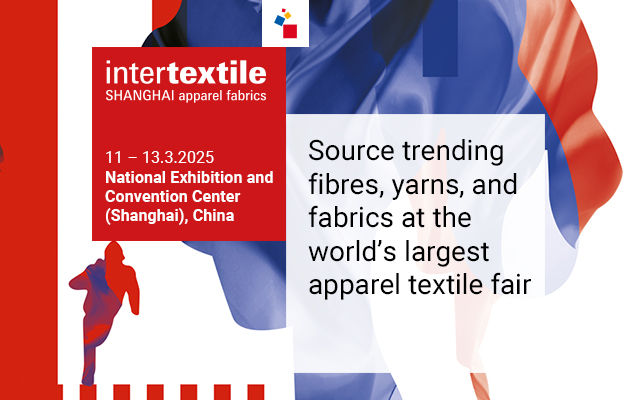Pakistan in its move to provide the basic support for the development of apparelsegment and boost the exports extended its 6% subsidy provision till 30 June2009 for research and development (R&D) sector.
In an announcement made after the meeting in Islamabad with Pakistan Apparel Forum (PAF) Syed Naveed Qamar, Federal Minister of Financetold that the formal approval would be made later.
Pakistan apparel forum and Pakistan Hosiery Manufacturer Association (PHMA) wereearlier demanding about different kind of relaxation from the government andaid to facilitate the exports.
As per the government notifications the programme of R&D subsidy expired on June, 30, 2008 but due to heavy demand and agitation bythe PAF and PHMA during the month of June government decided to again go withthe programme.
Earlier the government was paying 3 percent R&D supporton fabrics, 5 percent on bed wear & knit wear and 6% on textile garments.
Pakistan's exports of readymade garments suffered a lot during the past fewyears due to continuous increase in oil and gas prices and stiff competition,during the year 2007 Pakistan's exports suffered a lot due to currencyhardening. Pakistani rupee had an average exchange rate of 60.77 per dollar for2007 and the currency witnessed a yearly high rate of 61.23 per dollar and thelowest rate of 59.25 per dollar for the year. It had an implication on themargins of the exporters. Due to rising cost of inputs and currencystrengthening exporters had a hard time and kept demanding for relaxation fromthe government.
Pakistan hosiery manufacturing association also demanded from the governmentthat it should help exporters to find out new markets and facilitate them tohave access to new technological aspects in the industry and aggressive marketstrategy. The delegation also raised issue that the government shouldfacilitate export oriented industries having 80 percent export production, under the government scheme of export promotion units (EPU) announced in the lasttrade policy.
Earlier Pakistan government in its move to facilitate thesector revised its credit policy where State Bank of Pakistan has relaxed the35% margin requirement it recently announced for issuing letter of credit toimport raw material. In the revision of the policy, letters of credit forimporting industrial raw material have been exempted from the 35 percent cashmargin requirement.
In the recent Doha Development Round Pakistan joined the G-12group, comprising USA, EU, China, Japan, Canada, Australia, Brazil, India,Mexico and South Africa to seek maximum market access for industrial goods,specially textiles and clothing.
Pakistan's export performance during the recent years shows that its exportsrecorded a decline in the year 2007 where the value stood at US$ 3.22 millionwith a fall of 0.88 percent from previous year. In the year 2006 exportsrecorded an increase of 8.90 percent which was a positive indication for theindustry. In the year 2007 exports of Pakistan accounted for 1.20 percent sharein the world exports on the other hand India stood at share of 3.42 percent.
In the year 2006 exports of Pakistan stood at US$ 3.25million with a share of 1.07 percent and in the year 2005 it was at US$ 2.98million with a share of 1.10 percent in the world exports. Pakistan had RMGexports of US$ 2.60 million and US$ 2.35 million in the year 2004 and 2005respectively and stands at 15th position in the world exports of RMG in 2007whereas India stands 7th position in the group for the same year.
Pakistan recorded a significant increase in the RMG imports in the year 2007where it recorded an increase in the imports accounting for 103.80 percentgrowth and in value terms it stood at US$ 0.05 million as compared to US$ 0.02million in 2006. In the year 2007 Pakistan had a share of 0.02 percent in worldRMG imports and remained at 59th position in the importer category India stood at 208th position in 2007.
Value in US$ million
Source: NCTI
Pakistan's performance in the exports of RMG remained fluctuating during the previous years so to strengthen its position in RMG exports government has planned to have more focused approach towards the sector with intensive marketing plans and planned to introduce certain more focused strategies. Government is planning for an investment of US$ 65 billion by the financial year 2013. The investment will include textile and garments (US$ 20-23 billion), spinning (US$ 4 billion), weaving (US$ 7 billion) respectively.
Source: AEPC newsletter










Comments